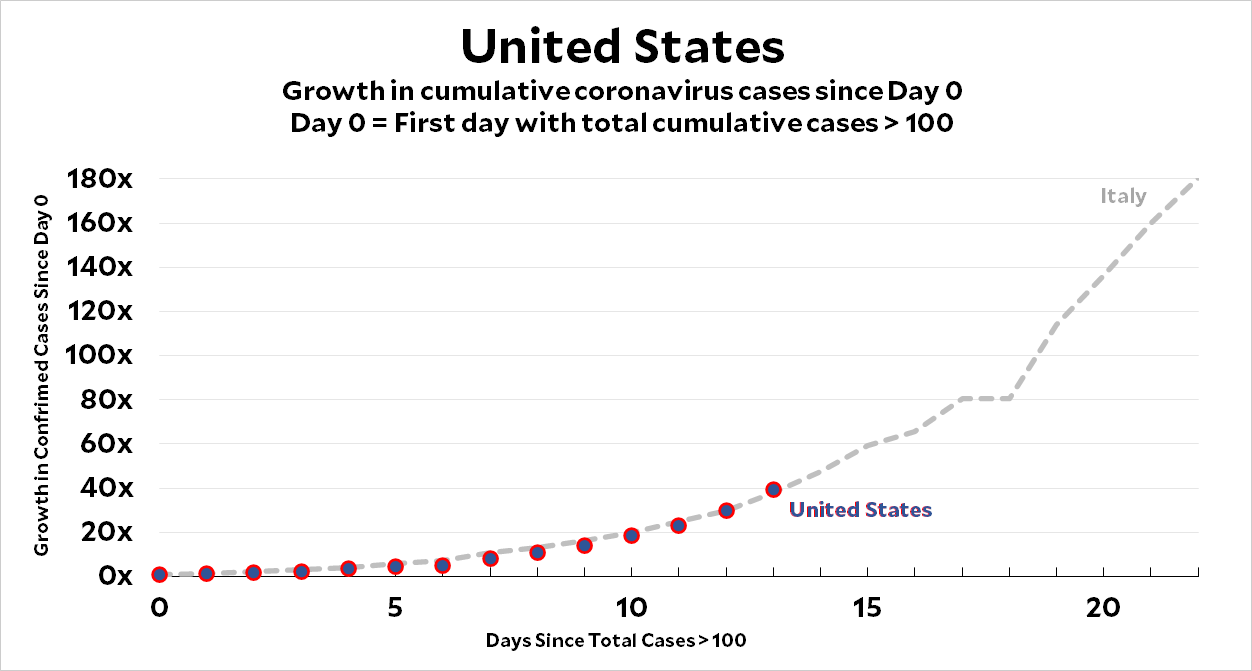

However, the BA.2.86 does not appear to be behind the recent summer COVID s u rge around the country. "The sequence can’t tell us how much disease the virus will cause, nor can it tell us how well it’s spreading," says Pekosz. “We really don’t know if BA.2.86 will lead to increased numbers of cases,” Pekosz says. 6, BA.2.86 has been linked to 14 cases in South Africa, 12 in Denmark, eight in the United Kingdom, five in Sweden, five in Thailand, five in the United States, three in France, three in Israel, two in Canada, two in Portugal, and one in Australia, according to GISAID.Īccording to the CDC, laboratories are currently researching the antibody neutralization of BA.2.86 to better understand how the immune system may interact with the virus.

In its risk assessment of BA.2.86, the CDC said "at this point, there is no evidence that this variant is causing more severe illness," but this may change as additional scientific data comes in.Ĭommon symptoms of other COVID-19 variants and subvariants include:īased on what the CDC knows now about BA.2.86, existing tests and medications used to treat COVID-19 "appear to be effective with this variant," the agency said. Right now, "there's no data on symptoms associated with infection because the case numbers are just too small," Pekosz says. “It represents a highly mutated form of SARS-CoV-2,” says Pekosz - in other words, BA.2.86 looks very different from the prevailing omicron XBB subvariants circulating. The mutations or changes in the virus sequence can affect how contagious a virus is, how well it responds to treatment and how severely it affects people, per the CDC. “The critical thing about this variant (BA.2.86) is that it has a whole host of mutations compared to some of the omicron variants that emerged about two years ago,” says Pekosz. It appears to have descended from the omicron BA.2 sublineage, which caused surges of the virus in early 2022, Andrew Pekosz, Ph.D., virologist at Johns Hopkins University, tells. What is BA.2.86?īA.2.86, which health experts dubbed “Pirola” on social media, was first detected in late July. Here's what experts know so far about BA.2.86, aka Pirola, the symptoms it's causing, its ability to spread and how it could impact COVID vaccine boosters this fall. is likely being driven by omicron XBB lineage viruses, the CDC said.Īs scientists race to investigate BA.2.86 and whether it could become a global threat, there's no reason to panic, experts say. It's unclear whether BA.2.86 will cause a surge in infections this fall, and the current rise in cases and hospitalizations in the U.S. BA.2.86 has also been detected in wastewater samples in additional countries, the CDC said.Įarly data show BA.2.86 has 34 more mutations in its spike protein than BA.2, which d rove a COVID surge in 2022, and an additional 36 more mutations than XBB.1, which rapidly took over the U.S. These include United States, Canada, Denmark, Sweden, Portugal, Israel, the United Kingdom, South Africa, Thailand, Australia and France. 6, the BA.2.86 variant has been linked to 60 cases in 11 countries, per the global virus database GISAID.

17 because of its “large number of mutations identified."Īs of Sep.

The World Health Organization first classified BA.2.86 as a “variant under monitoring” on Aug. However, Moderna 's updated COVID-19 vaccine appears to generate a strong immune response against BA.2.86, the drugmaker announced in a release on Wednesday.Īdditional data from lab studies suggest the variant may be less contagious and immune-evasive than previously feared, NBC News reported. The concern about Pirola's ability to cause breakthrough infections comes as vaccine manufacturers race to release new boosters for the fall.


 0 kommentar(er)
0 kommentar(er)
